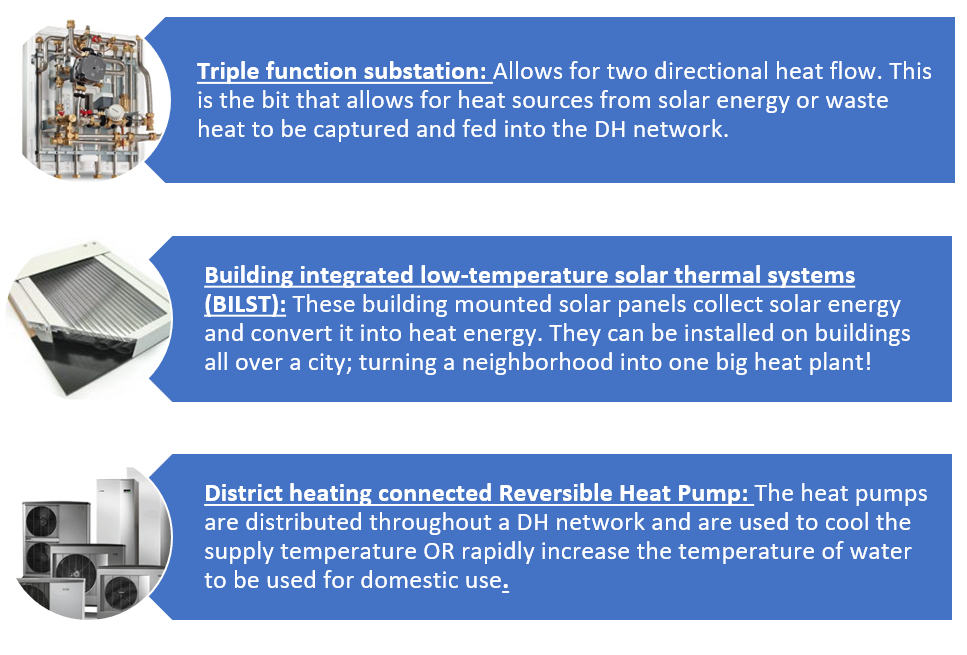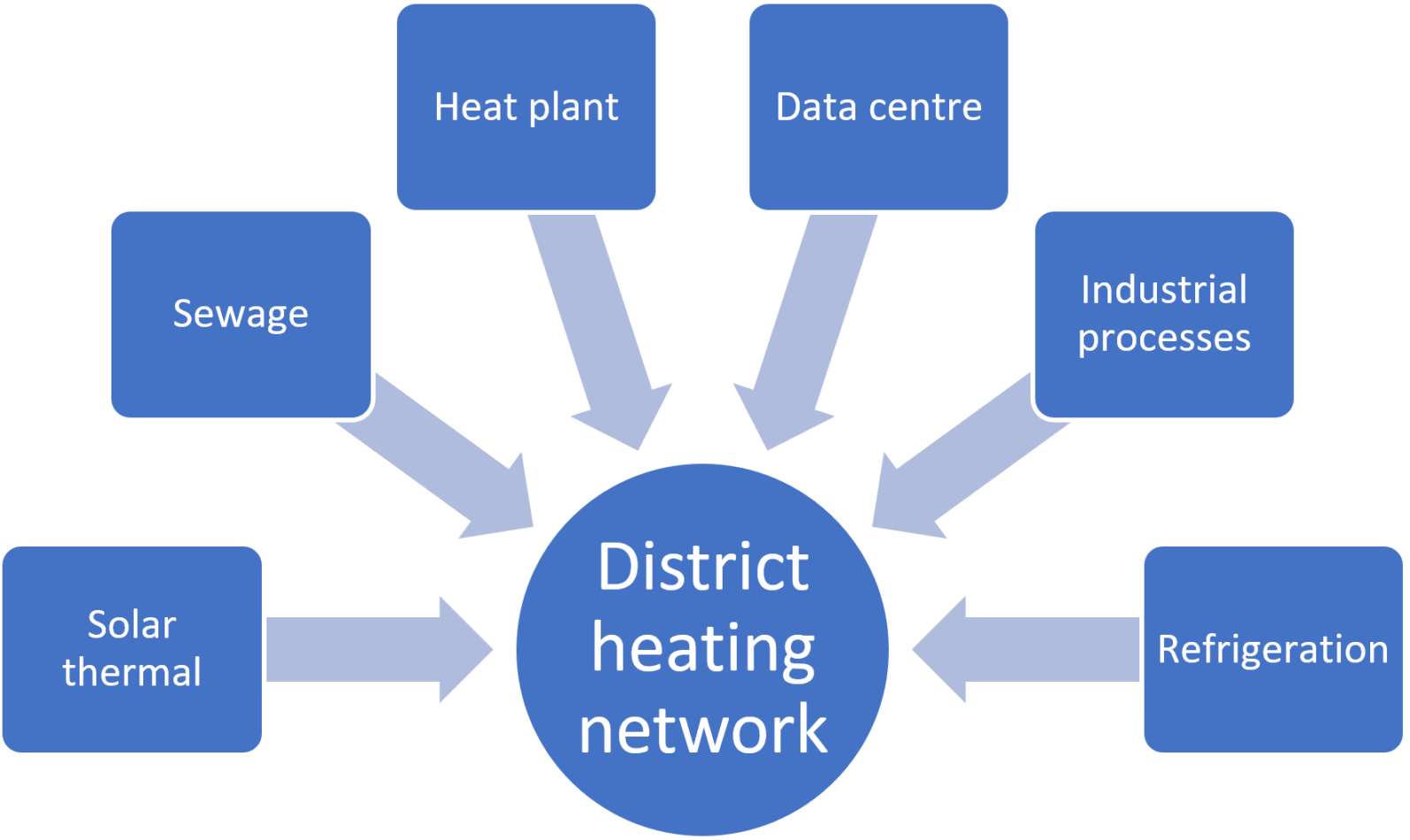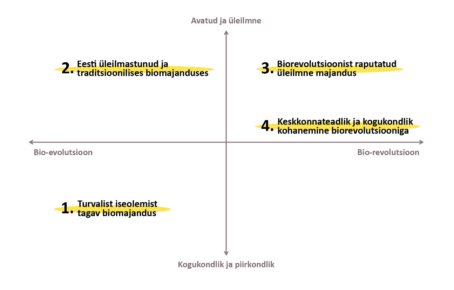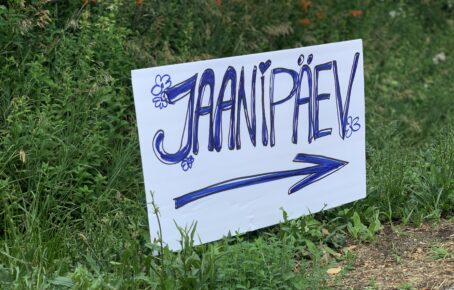
The RELaTED project – A Holistic Approach to District Heating
When I think of district heating, I can’t help but think of the natural world – specifically ant colonies. Besides the obvious similarities between ant colonies and cities (busy little insects going about their daily lives), ant colonies also have their own infrastructure to regulate heat; much like district heating (DH) systems.

*READ THE FOLLOWING PARAGRAPGH AND IMAGINE SIR DAVID ATTENBOROUGH IS NARRATING THE TEXT IN HIS REGAL VOICE* Formica rufa ants, which are common to Europe, live in giant earth mounds built from foliage, dirt, pine needles, etc. To regulate the internal temperature, the ants will construct ventilation shafts that allow heat to escape on warm days or close the shafts during the winter to prevent heat from escaping. Ants themselves can act as a heat source, where sunbathing ants will collect heat energy and re-enter the nest providing heat to the colony. In short, ants have developed a perfectly efficient heating system; unfortunately, this is not the case for human district heating systems. *END OF SIR DAVID ATTENBOROUGH NARRATION*
District heating networks in cities are organized in a hierarchical way, with a central heat production plant supplying heat to the buildings – residential and non-residential – within the network. The efficiency of district heating networks derives from the proximity of the heat production plant to the customers. In this context, the customers are referred to as “centres of high heat demand density”, so where there is a high heat demand density – i.e., a dense urban area – the heat plant can maximize the number of customers served from a single heat plant[1].
Several challenges exist which boils down to; (1) a need for more renewable energy sources in DH networks; (2) DH should be cheaper than competing technologies to make it economically feasible; (3) DH needs to be more efficient. Addressing these needs, the RELaTED project – a consortium of partners from Belgium, Denmark, Estonia, Norway, Poland, Serbia, Spain, and Sweden – provides an innovative concept of decentralized Ultra-Low Temperature district heating (ULTDH) networks.
At this point, the reader may be wondering how LOWERING the temperature for a HEATING network is going to solve our problems. But ULTDH has the potential to achieve ant colony level efficiency, here’s how:
Increased efficiency: Lowering the supply temperature in DH networks to an operational temperature of 45o C or below will reduce the heat loss from distribution (If the supply temperature is closer to ground/air temperature, it will lose less heat).
Cost savings: Making the heating system more efficient means that heat plants are meeting the demand for heat with less energy, which saves on fuel costs.
Integration of other low-temperature heat sources: By lowering the heat supply temperature, low temperature (and low cost) heat sources can be integrated into the DH network. So instead of one heating plant providing all the heat, other heat sources, like solar thermal and waste heat, can be added to the DH network.
Low-temperature district heating is not enough to achieve a cheaper and more efficient heating system, technological innovations are also needed to reap the benefits of lower supply temperatures. To do this, RELaTED will adapt several market-available technologies for better integration into the ULTDH concept to maximize its operational potential. These technologies include:

In Tartu, the RELaTED concept is being tested on the TARKON-TUGLASE DH network which includes 54 customers. A summary of the main activities for Tartu is included below:
- Lowering the supply temperature in the DH network and integrating supporting technologies.
- Develop of a heat purchase strategy for waste heat producers and purchase heat from them.
- Connect excess heat to their network.
- Connect the waste heat produced from the combined heat and power plant.

The reader may have noticed that the BILST system is excluded from the Tartu case study… this is because there is not enough consistent sunlight in Estonia to make solar thermal energy viable 🙁 BUT, in the test sites in Serbia, Denmark, and Spain, BILST is being used to convert sunlight into thermal energy 🙂 For more information about these test sites, click here: RELaTED demonstration sites.
The result of this concept is a holistic solution to district heating; drawing on heat energy sources from conventional means, but also capturing heat from sources that would otherwise be wasted, like industrial processes, data centres, solar thermal plants, and even sewage. Minus the cost for connecting these heat sources to the DH network, the actual cost of waste heat is free (except if the heat is produced by a private entity, in which case it can be sold to the DH company to use in the network) for the district heating company, which ultimately lowers the operating costs and makes heat less expensive for the customers.
Once fully integrated, ULTDH paves the way for a more efficient, environmentally friendly, and affordable source of heat. It also serves as a valuable reminder that even in our most advanced cities, the natural world often provides everything we need.
Richard Henahan
Analyst of the RELaTED project, Institute of Baltic Studies
The Institute of Baltic Studies is leading the economic feasibility & business analysis as well as coordinating the exploitation and business innovation activities for the RELaTED project.
Project webpage: http://www.relatedproject.eu/
Cover photo: Wikipedia commons
[1] The efficiency gained can be attributed to economies of scale, where cost advantages are obtained due to their scale of operation.














